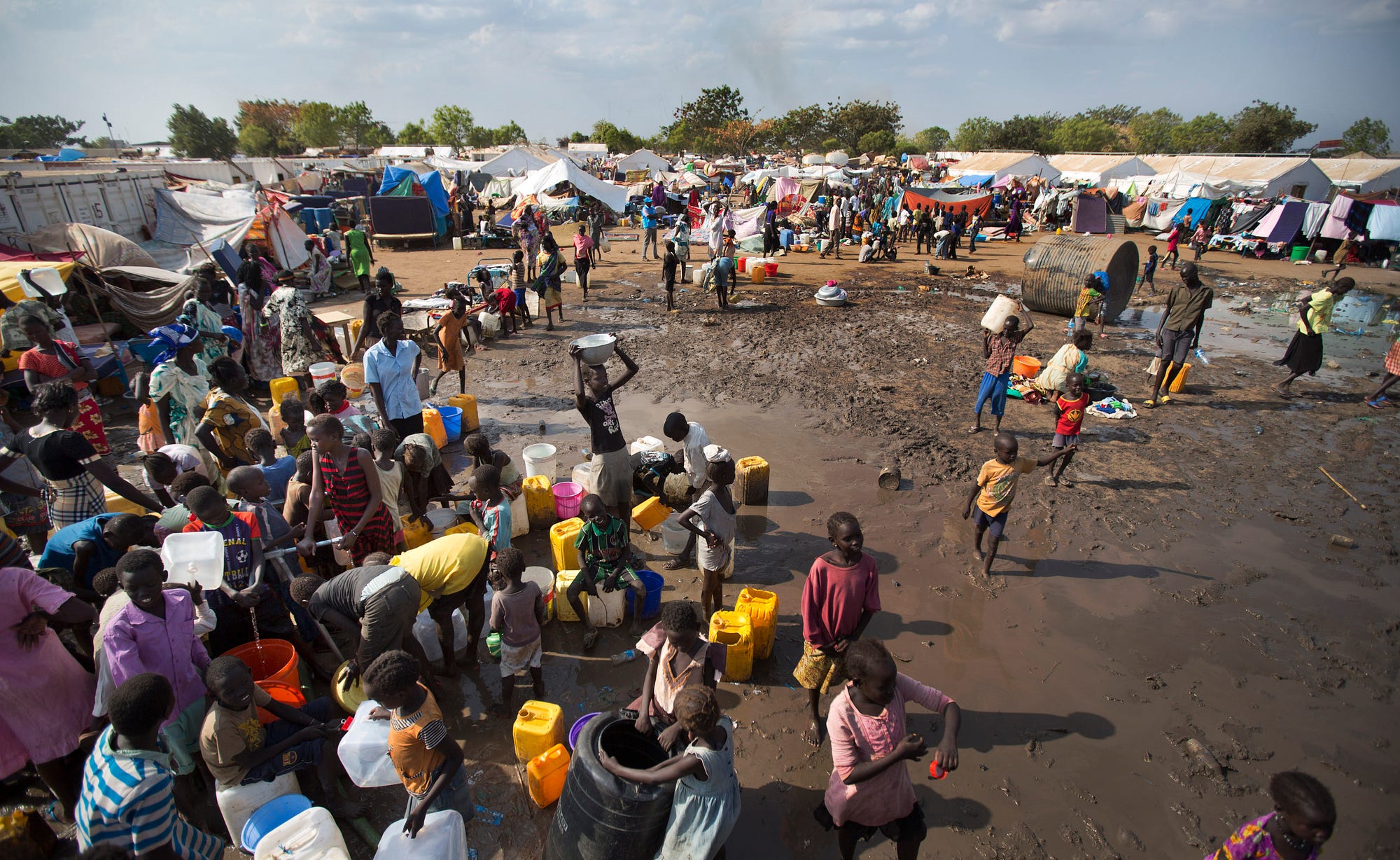How about using $1.3 BILLION to fix just one home country first?
First, you need some background on the Department of Homeland Security and how they not only publish crap but how they justify it and then ask for their annual budgetary requirements with glowing accomplishments. So to help you out, click this link and head on over to the Janet Napolitano DHS operations on page 121 and read on if you can stomach the task.
Now, let us move on to the slush fund shall we?
Hat tip to Senator Jeff Sessions, he held a subcommittee meeting in March and discovered a $1.3 billion dollar slush fund and lots of nefarious actions with that money. I watch this stuff on C-Span and report:
“USCIS has been hoarding fees paid by legal immigrants to subsidize the planned new executive amnesty for an estimated five million illegal aliens and failing to screen applicants adequately to prevent criminal aliens from obtaining benefits. In addition, the agency has created a pathway to citizenship for many of these illegal aliens.”
There is more.
“USCIS has accumulated a “reserve fund” of unexpended revenues that now totals $1.2 billion (with a “B”). The agency has a policy to maintain a reserve balance of $600 million to help it manage in the event of revenue fluctuations, but USCIS is using these funds to launch the new executive amnesty programs (without any statutory authorization). One cannot help but wonder how this reserve fund got so big over the years, because by law USCIS is supposed to charge fees that reflect the exact cost of processing the benefits. Did they overcharge millions of legal applicants or cut corners on the processing of benefits? Both?
Sen. Tom Tillis (R-N.C.) asked why USCIS has not used its huge cash reserves to reduce the processing backlogs for legal applicants instead of setting up unconstitutional work permit programs for illegal aliens.
USCIS had already spent $11 million getting ready for the new executive amnesty until it was blocked by a federal judge in mid-February. About $7 million was spent to lease office space in Crystal City, Va., and those rent payments still need to be made whether the program goes forward or not. The total cost of the processing facility alone is estimated to be $26.2 million.
Before the program was stopped, USCIS had hired “one or two” people to work on the program and had made job offers to 360 others, which are now on hold. The plan is for the amnesty applications to be adjudicated by 700-800 brand-new employees, with no experience in evaluating immigration applications.”
You can actually get a few more details here.
Yippee for Senator Cruz, he has introduced A BILL
To eliminate the offsetting accounts that are currently available
for use by U.S. Citizenship and Immigration Services.
This is great in action but gaining real traction is slim to none. This is why you need to apply pressure to your respective lawmakers.
Now, USCIS has a website, where a full welcoming and kindly layout encourages anyone into the United States and helps them find a way to do it.
Okay, so remember now that was $1.8 BILLION and that is not including the budget at DHS for 2015. You see, the U.S. Citizenship and Immigration Services employs more than 13,000 people and in 2012, there were 72,000 refugee applications and 29,000 asylum applications. Add that to the unknown quantity coming across the border and we have no clue what language we will be required to speak to keep our job.
On page 133 of this latest document:
USCIS ensures that information and decisions on citizenship and immigration benefits are provided to customers in a timely, accurate, consistent, courteous, and professional manner, while also working to safeguard our national security. More than 50 different types of citizenship and immigration benefit applications
are processed by USCIS. Every case is unique and requires specialized attention from experienced USCIS immigration officers. USCIS is also responsible for enhancing the integrity of our country’s legal immigration system by deterring, detecting, and pursuing immigration-related fraud, combating the unauthorized practice of immigration law, and helping to combat unauthorized employment in the workplace.
Each day, USCIS employees work to fulfill the USCIS mission of enhancing both national security and the integrity of the legal immigration system by: (1) identifying threats to national security and public safety posed by those seeking immigration benefits; (2) deterring, detecting, and pursuing, immigration benefit fraud; (3) identifying and removing systemic vulnerabilities in the legal immigration system; and (4) promoting information sharing and collaboration with other governmental agencies.
In addition, USCIS extends humanitarian protection to refugees, both within and outside of the United States, in accordance with U.S. law and international obligations.
There are these 2 samples of how DHS states their accomplishments:
- Collaborated in the effort to respond to the April 2013 Boston Marathon Bombings including the establishment of Task Force 1 as a centralized hub for fielding requests from interagency partners.
• Interviewed and performed security checks for approximately 72,000 refugee applicants in more than 66 countries to support the admission of 69,930 refugees to the United States; interviewed, performed security checks, and completed more than 29,000 affirmative asylum applications; and performed more than 43,000 asylum screenings for reasonable and credible fear.
Sheesh….How many questions need to be asked now? The first one is how is this fleecing of the American taxpayer a benefit and what is the threat matrix to our national security?


